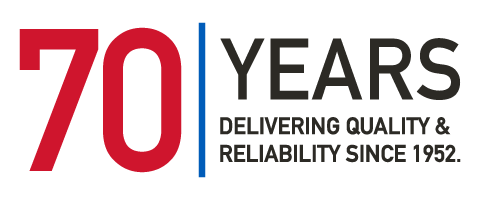Current Carrying Capabilities
Rigid-flex printed circuit boards have become popular due to their flexibility and reliability. These circuit boards combine rigid and flexible materials, allowing them to fit various shapes while maintaining structural integrity for electronic components.
When designing rigid-flex PCBs, it's crucial to consider their current carrying capabilities and current rating. Understanding these factors ensures the board can handle the required electrical current safely and effectively.
Factors Influencing Current Carrying Capacity
Trace Width and Thickness
Wider and thicker conductive traces lower resistance, allowing higher currents without excessive heat.
Copper Weight
Heavier copper layers have lower resistance and handle higher currents compared to thinner layers.
Temperature Rise
Current flow generates heat. The PCB's ability to dissipate this heat affects its current carrying capacity. Excessive heat can degrade reliability and performance.
Copper Foil Type
High-quality, high-conductivity copper foils offer better current handling capabilities.
Circuit Board Material
Materials like polyimide or FR-4 affect current carrying capacity. Higher thermal conductivity materials improve heat dissipation. Longer traces increase resistance and heat, reducing current carrying capacity. Minimizing trace length optimizes performance.
Operating Environment
Ambient temperature and airflow affect heat dissipation. Higher temperatures reduce current carrying capacity.
Number of Parallel Traces
Multiple traces carrying current in parallel increase total capacity and prevent individual traces from overheating.
Manufacturing Process
Precise manufacturing ensures proper trace widths, thicknesses, and uniform copper distribution, enhancing current carrying capabilities.
Determining Current Carrying Capacity
To determine the current carrying capacity of a rigid-flex PCB, engineers use a current rating nomograph. This graphical tool estimates capacity based on parameters like trace width, copper thickness, temperature rise, and ambient temperature.
For example, to find the current rating for a PCB with a 0.25mm trace width and 35μm copper thickness:
- Locate the 0.25mm value on the trace width axis
- Find the 35μm value on the copper thickness axis.
- Draw a straight line connecting these points.
- Identify the desired temperature rise value on its axis.
- Trace a line from the temperature rise axis through the intersection point of the previous lines.
- The intersection with the current axis gives the current rating estimate.
Note that the nomograph provides an estimation and should be a starting point. Consider factors like parallel traces, operating environment, and required reliability. Consult manufacturer datasheets and industry standards for accurate capabilities.
Consider These Factors
As electronics become smaller and more complex, the current carrying capabilities of rigid-flex PCBs are crucial. Using current rating nomographs helps designers estimate capacity and make informed decisions.
By considering these factors, engineers can ensure rigid-flex PCBs meet electrical and reliability standards for successful operation in various applications.
Looking for More Information on Current Carrying Capabilities?
Maximize your rigid-flex PCBs current carrying capabilities with our expert guidance. Contact us now for help with your next flexible circuit project with reliable and safe designs.
Request a Quote Request Design Support Request More Information



